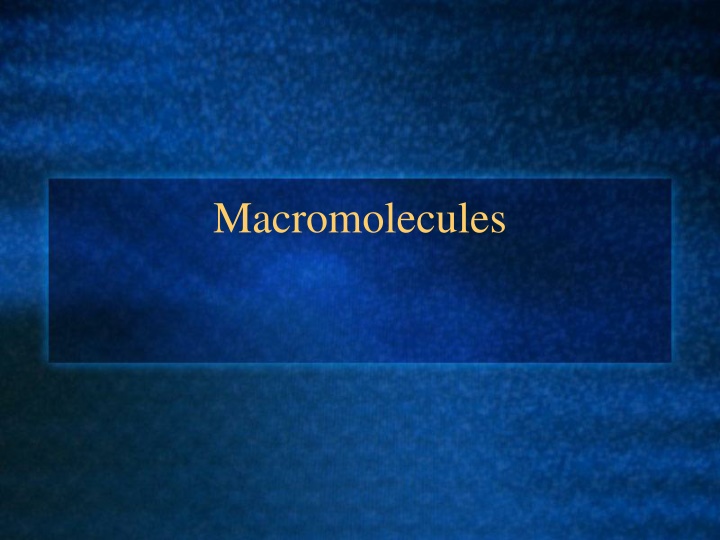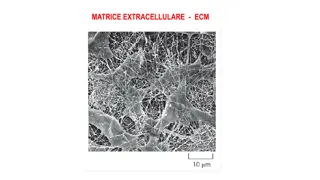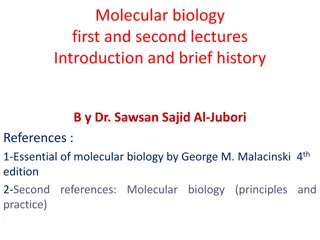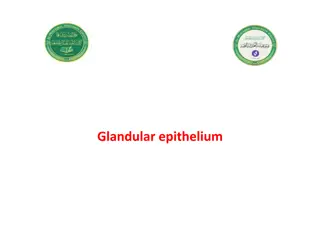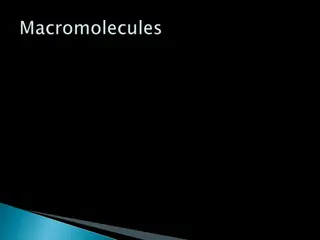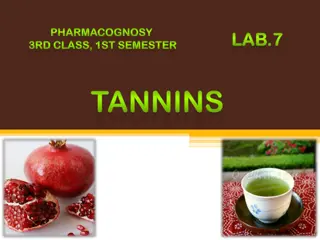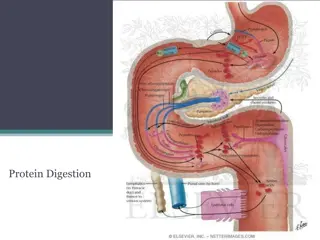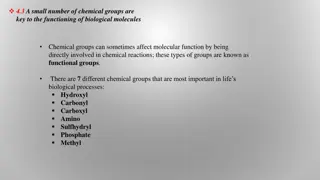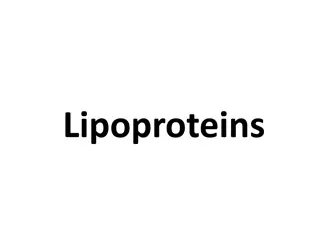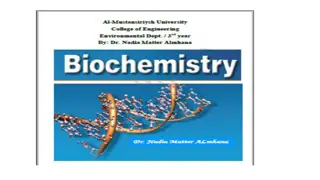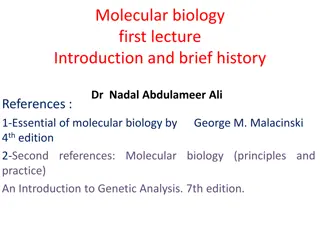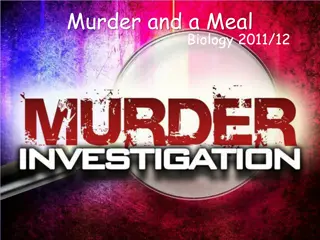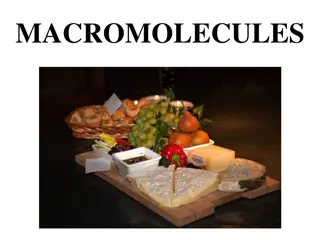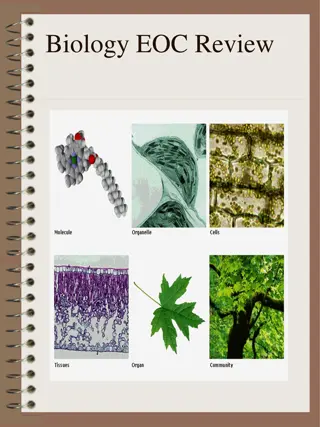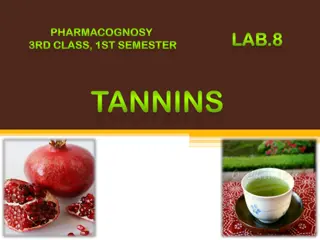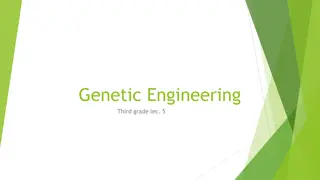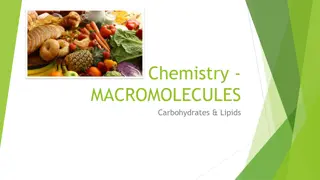Macromolecules
In this informative content, you'll delve into the world of macromolecules like lipids, carbohydrates, and proteins. Discover the differences between saturated and unsaturated fats, the importance of complex carbohydrates, and the role of dietary fiber in our health. Learn about dehydration synthesis, the impact of trans fats on heart health, and the versatile functions of proteins in our bodies. Explore the fascinating realm of nutrients that play crucial roles in our well-being.
Download Presentation

Please find below an Image/Link to download the presentation.
The content on the website is provided AS IS for your information and personal use only. It may not be sold, licensed, or shared on other websites without obtaining consent from the author.If you encounter any issues during the download, it is possible that the publisher has removed the file from their server.
You are allowed to download the files provided on this website for personal or commercial use, subject to the condition that they are used lawfully. All files are the property of their respective owners.
The content on the website is provided AS IS for your information and personal use only. It may not be sold, licensed, or shared on other websites without obtaining consent from the author.
E N D
Presentation Transcript
Lipid Lovers Lipids - Fats, oils, waxes, and steroids Very high in energy because of the C-H bonds (9 calories per gram) more than 2x the calories than carbs/proteins Fats and oils differ because of the presence or lack of double bonds
Saturated vs. Unsaturated Saturated - All single bonds in the carbon backbone - stack closely together thus they build up in our vascular system (harmful) Unsaturated - Double bond creates a kink in the chain - can t stack closely (don t get stuck, but don t remove other fats either) Polyunsaturated - Multiple double bonds - can unsaturate a saturated fat by accepting hydrogens (healthy since they remove built-up saturated fats)
Trans Fats Trans fats are technically unsaturated, but act like a saturated fat (stack closely together) (cis- fats are bent because the hydrogens on the same side of the fat repel each other due to their shared partial positive charges most unsaturated fats are cis-fats) Harmful to heart health
Carbohydrates CnH2nOn - forumula Single ring sugars - glucose and fructose Double ring - Sucrose
Complex Carbs Found in some vegetables and grains Harder for body to break down, longer lasting energy, less energy stored as fat for later use
Dehydration Synthesis and Hydrolysis Single-ring sugars are strung together into complex carbohydrates through the formation of water (dehydration). The opposite process splits carbs into simpler sugars for use by the body (hydrolysis = water splitting
Fiber Most dietary fiber consists of carbohydrates that cannot be broken down by humans Used to clean our digestive system Reduces colorectal cancer risk
Proteins Very complex molecules Have many uses, including: Energy Information Enzymes Structure Cellular Defense Etc .
Protein Synthesis Proteins are made of a chain of amino acids (the monomer or building block ) Aminio acid chain is then folded, twisted, and otherwise contorted into a very specific 3-D shape
Essential Amino Acids Of 20 Amino Acids, 8 must be eaten (cannot be made by body) These are most commonly found in meats and fish Vegetarians/Vegans must choose foods carefully
Protein Denaturation Heat, pH change, or other environmental change can unwind, unzip, or unfold protein Once shape is lost, function is lost (Frying an egg is a great visual example of denaturation the heat causes the proteins to unravel, which is why the liquid becomes a solid)
